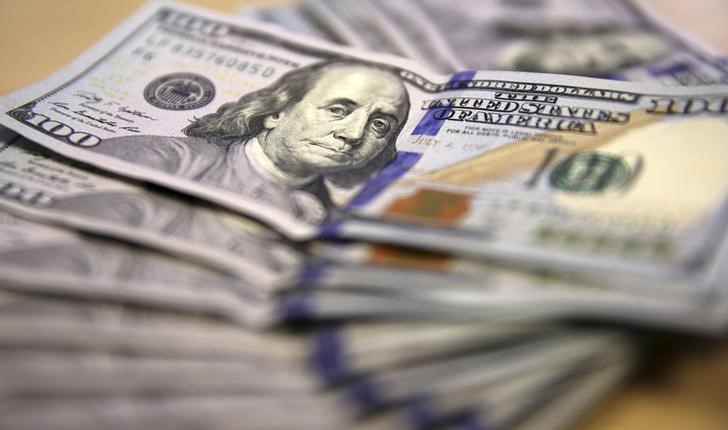Investing.com — Most Asian currencies rose Monday after the dollar fell sharply from recent highs following soft labor market data, shifting focus entirely to the upcoming presidential election and a Federal Reserve meeting.
The focus this week is also on a meeting of the Reserve Bank of Australia and a meeting of China’s National People’s Congress, with the latter set to provide more guidance on fiscal stimulus.
Regional currencies benefited from dollar weakness, with the currencies and both in Asian trading falling around 0.6% each. The dollar was hit on Friday by softer-than-expected data showing a steady cooling in the US labor market.
Uncertainty ahead of the US election also weighed on the dollar as polls showed a tight race between Donald Trump and Kamala Harris, with voting on Tuesday.
Additionally, markets were also positioning for a Fed rate cut later this week.
The Japanese yen pair fell 0.9%, retreating from recent three-month highs. The yen also benefited from a somewhat hawkish message from the Bank of Japan last week.
Chinese Yuan Companies with NPC Meeting in Focus
The Chinese yuan pair fell 0.4% from a nearly two-month high, with the focus shifting entirely to an NPC Standing Committee meeting starting Monday.
The NPC is widely expected to outline plans for more budget spending, with recent reports suggesting the body could approve $1.4 trillion in additional debt in the coming years.
More signals on budget spending will be closely watched as Beijing struggles to support slowing economic growth. Although the government had outlined a slew of stimulus measures last month, these failed to instill much confidence among traders.
Purchasing Managers’ Index data for October, released last week, also showed little improvement in Chinese business activity.
Australian dollar bullish ahead of RBA
The Australian dollar firmed sharply on Monday, with the pair rising 0.8% ahead of an RBA meeting.
The central bank is widely expected to do this on Tuesday and is unlikely to signal any interest rate changes, at least in the short term. Analysts at Westpac and ANZ expect the RBA will not cut rates until February 2025.
The RBA’s hold puts it in contrast to other major global central banks, which largely initiated easing cycles earlier this year. This trend offers some strength for the Australian.
Broader Asian currencies were mostly bullish as the dollar retreated. The Singapore dollar pair fell 0.7%, while the South Korean won pair lost 0.6%.
The Indian rupee underperformed, with the pair falling just 0.1% and still remaining above 84 rupees.


